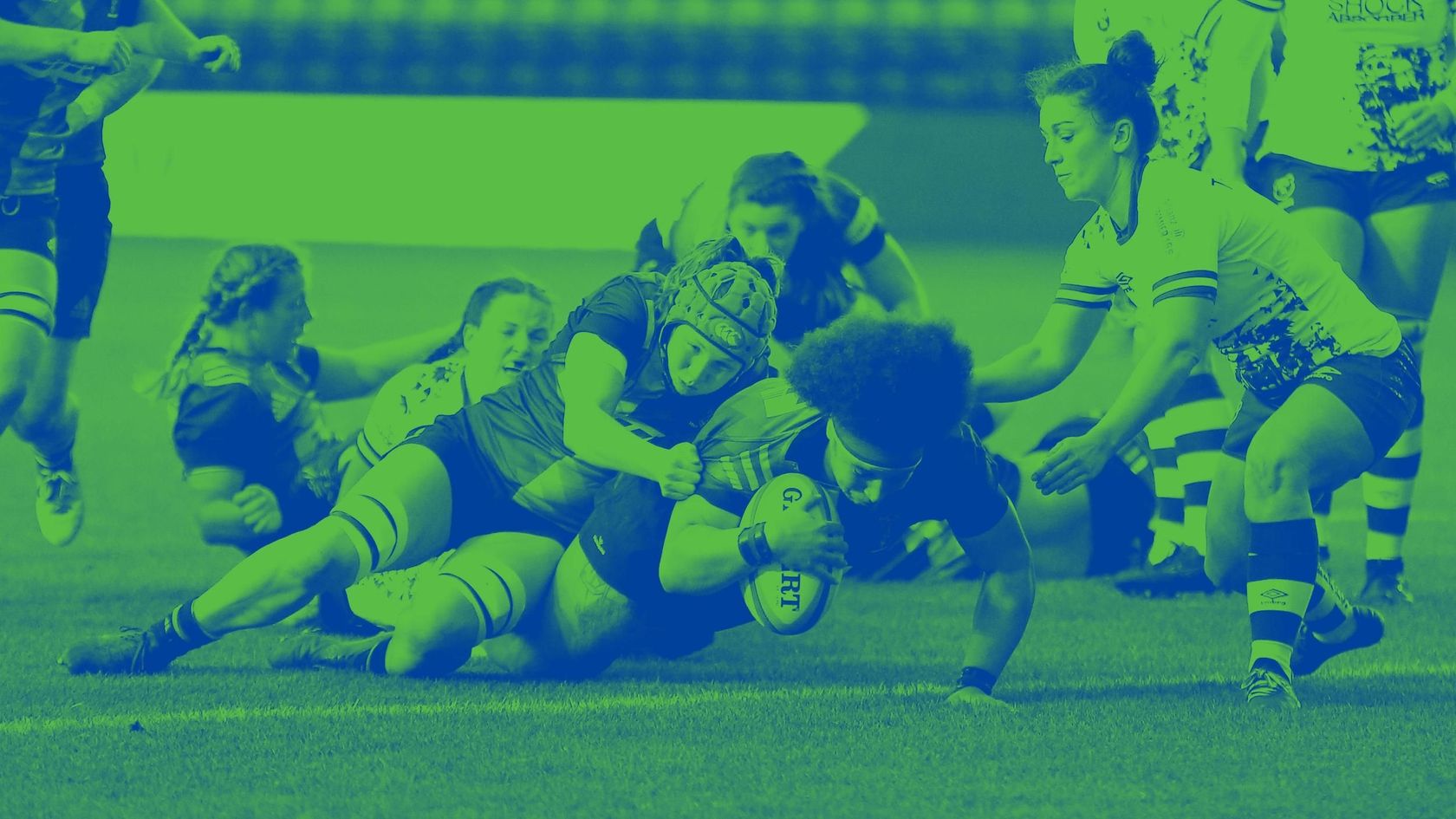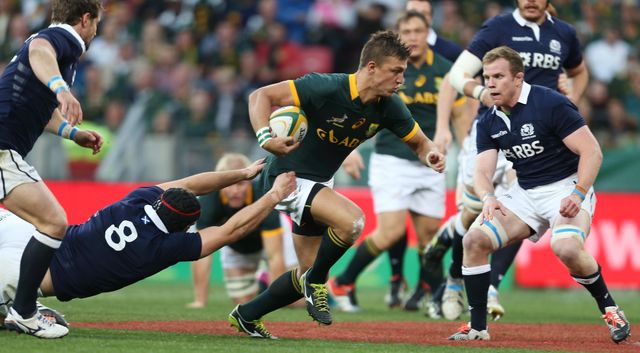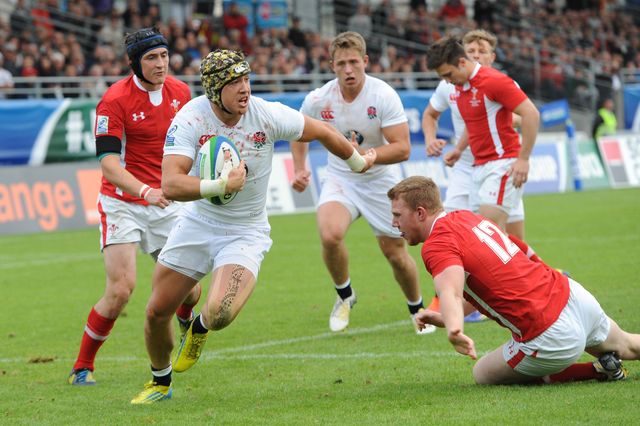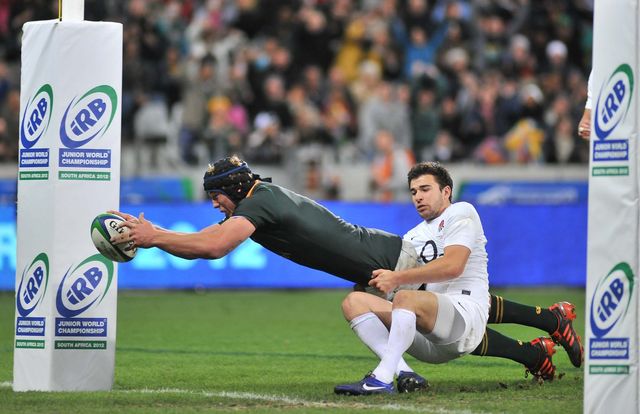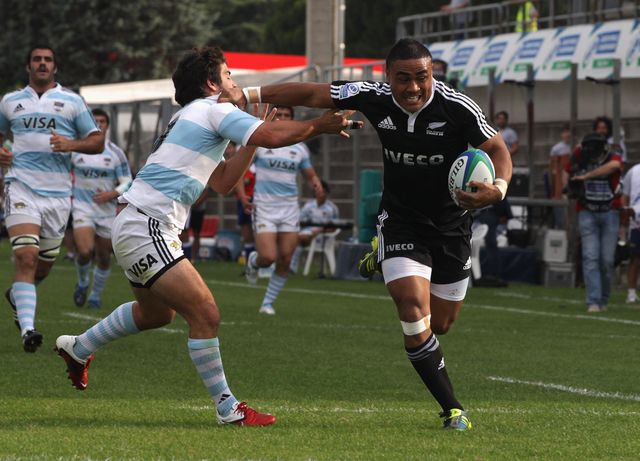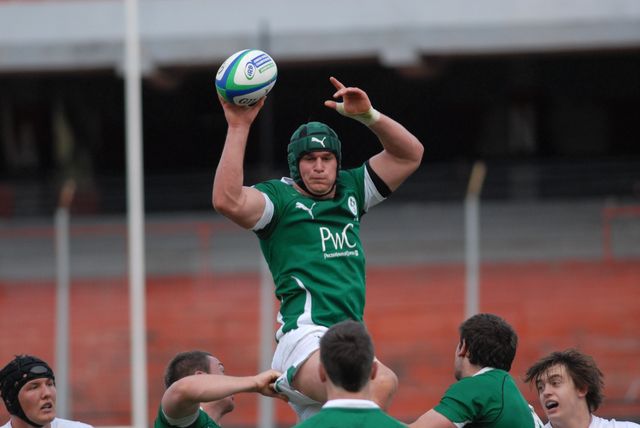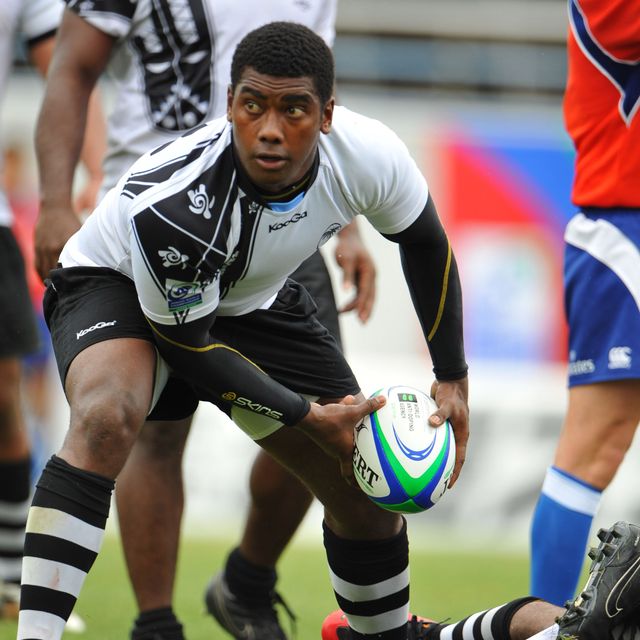World Rugby U20 Championship 2019
World Rugby U20 Championship 2019 Highlights
It was a tournament to remember for France as they won back-to-back championships for the first time in their history, narrowly beating Australia in the final by just a single point. Their route to the final was far from simple however. After winning their first 2 group matches against Wales and Fiji they were comfortably beaten by Argentina in their final pool match, 47-26 and thus qualified as the best placed runner up having managed to pick up 3 bonus points.
This resulted in them facing the number 1 seeded team from the pool stages, South Africa, who were the only team to go undefeated in the pool stages. They overcame them 20-7 and progressed to meet Australia in the final. The goal kicking of Carbonel proved to be decisive with the lead changing hands 7 times, a 65th minute penalty putting them in front 24-23, and they managed to hold onto their lead till the final whistle to defend their crown.
New Zealand finished outside of the top 6 for the first time in their history as they finished 7th. Argentina had a good tournament, winning their pool and ultimately finishing 4th on home soil. Scotland were relegated for the first time, not winning a match during the tournament and ultimately succumbing to Fiji’s flair in the relegation match losing 59-34.
England scored the most points of the tournament (181) with Georgia scoring the least (79.) However, Australia were the most clinical in attack, with the best try scoring rate, scoring a try on average every 3min 21s of possession. South Africa boasted the toughest defence to break down with teams taking on average 8min 42s to score a try against them.
While Scotland had on average 60% of the possession in their matches, the highest of any team, they struggled to break teams down. Scoring 83% of their tries from inside the opposition 22m line and 67% came from lineout. However, this isn’t uncommon as the lineout proved to be the most common source of tries (43% overall,) but along with Wales (73%) and South Africa (64%) they were all significantly above the average.
Australia were the only team to score the majority of their tries from their own half (55%,) however they were closely followed by Fiji (47%.) No other team came close to these numbers with the average being 27%
High Tackle Sanction Framework
The new High Tackle Sanction Framework (HTSF) was introduced for the first time at any level at this tournament. The main aim being to make sanctioning high tackles and shoulder charges easier for the referee’s to follow and really focus players minds on their tackle technique, due to the clear focus on harsher sanctions. Thus, reducing the risk of injury.
As a result we saw an increase in the number of sanctions and also in the severity of the sanctions handed out compared to the previous year.
In combination with the HTSF we also saw the Tackle Technique Warning (TTW) brought back after it’s success the previous year. We saw a large increase in the number of TTW’s issued this year and as a result one player missed the final match for his country due to picking up 3 total TTW’s. There were 2 other players who nearly missed their final matches, however they had their appeals heard and as a result had their suspensions lifted.
The clear increase in the number of TTW’s could be explained by the fact we had returning citing commissioners who were now familiar and more comfortable with the process and what they were looking for.
How did France win?
On the face of it France don’t stand out on many of the usual statistics we measure performance by. Interestingly, when we look at the number of tries scored they were 4th from bottom, with the lowest percentage (58%) of their points coming from tries, implying the relied more on their goal kicking than any other team.
They had a strong defence, conceding the 3rd least amount of tries and joint lowest percentage of points from tries (59%) and their attack was built around maintaining possession, averaging 54% a match. They were more likely to pass than look for contact as their passing rate was 1 every 7s of possession with their ruck rate one every 13s of possession. This is also backed up by the fact 50% of their tries had 3+ rucks/mauls in the build up and they had almost double the closest percentage of phases with 4+ passes involved (12%)
All of this wouldn’t be possible without a strong set piece to help maintain their possession, the scrum is where France really excelled. Whilst England boasted a perfect record on their own feed with France ranked joint second with 95% success rate, it was on the opposition scrums where France stamped their authority winning 15% of opposition scrums all via penalties or free kicks.




